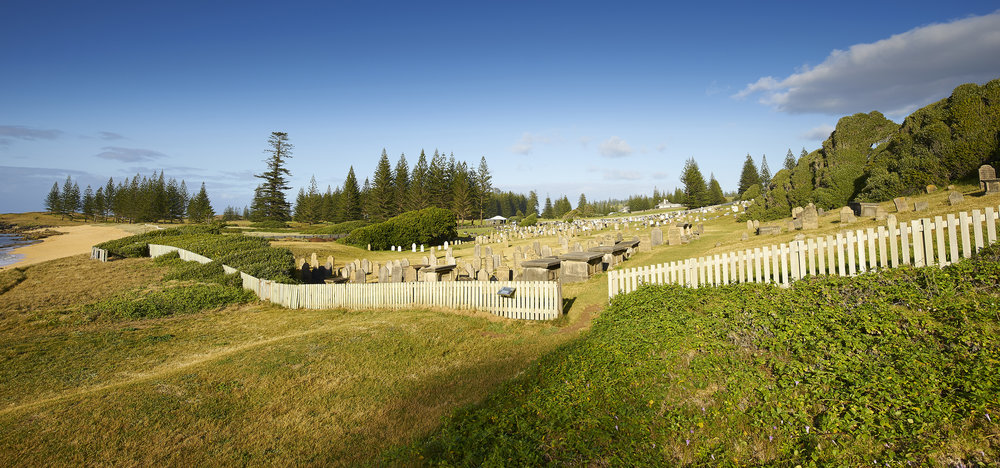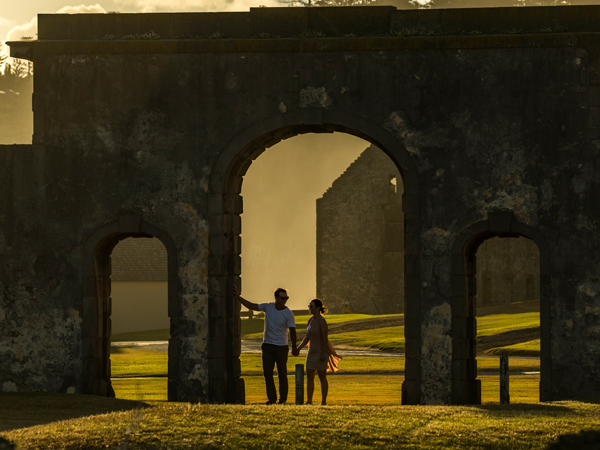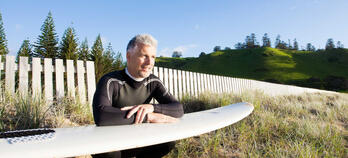
When one thinks of a Norfolk Island holiday, it's easy to focus on the island's natural beauty — its crystal-clear waters, lush forests, and awe-inspiring cliffs. However, equally captivating are the historical landmarks and sites that tell the island's complex and rich history. A visit to Norfolk Island isn't merely an escape to an idyllic landscape; it's a journey back in time, offering a deep dive into a past that spans centuries and cultures.
Norfolk Island holidays provide an exceptional opportunity to explore a range of historical and cultural landmarks, many of which are World Heritage-listed. These sites are not just tourist attractions; they are gateways to understanding the complex tapestry that makes up the island’s history. Whether it’s the hauntingly beautiful ruins of penal settlements or the deeply significant indigenous sites, each place you visit adds a new layer to your understanding of this fascinating destination.
For travellers looking to delve into this lesser-known aspect of holiday Norfolk Island, there are various ways to go about it. Norfolk Island holiday packages often include visits to key historical sites, providing a convenient option for those who prefer a structured itinerary. For the more adventurous, custom Norfolk Island tours offer the flexibility to explore these landmarks at your own pace, guided by experts who can provide valuable historical context.
In this blog post, we’ll explore some of the most significant World Heritage and historic places on Norfolk Island, highlighting why they are a must-visit for anyone committed to a well-rounded Norfolk Island travel experience. Ready to take a journey into the past? Let's delve right in.
History and Heritage on Norfolk Island

Norfolk Island’s colourful history makes for an interesting and eye opening visit to the island. The world heritage and historic sites, together with the museums and tours allow visitors to relive the history of the convict and Polynesian settlements to the destination, as well as enjoy the picturesque natural beauty that surrounds it today. Here are a few of the popular places you can gain insight into the island’s history & visit the remnants of times passed.
KAVHA
The Kingston and Arthur’s Vale Historic Area, otherwise known as KAVHA became an important location for Australia’s convict settlement between 1788 and 1855. The site also showcases Polynesian settlement before 1788 and Pitcairn Island history from 1856, and was included on the UNESCO World Heritage list in July 2010. Today, visitors to the area can stroll around the historic relics that were left behind, visit 4 Kingston museums, enjoy the picturesque surroundings, swim or snorkel in the lagoon or enjoy a BBQ picnic lunch by the water.
The Crank Mill
This building is located at Kingston Pier and was built in 1827 for the Commissariat Granary, and a decade later the Crank Mill was installed for the “punishment of men in irons” (ref: Convict Kingston by Nan Smith). If you visit the Commissariat Museum in Kingston during your Norfolk Island holiday, you can see a gear mechanism from the millstone on display.

Norfolk Island Cemetery
The cemetery was established in the 1820’s and is the final resting place for convicts, many Pitcairn Islanders who were descendants of the Bounty mutineers and soldiers who ruled over the convicts over two separate settlements. It also features many tombstones brought over from other burial sites.
The Salthouse
Located on beautiful Emily Bay, the Salthouse was designed to retain sea water. The water was then partially evaporated here before taken to the salt pans where the production process was sped up using fire. In the 19th century, salt was a valuable source and was used to preserve small rations of meat given to convicts serving out their punishment at the penal colony. Today, the location of Emily Bay is a stunning beach that gives locals and visitors on holiday on Norfolk Island a perfect place to swim, snorkel and relax.

The New Gaol
Built between 1836 and 1847, The New Gaol (Jail) aimed to isolate prisoners. It featured a central pentagon building with 84 cells and each cell had stone walls and floors with a timber ceiling. Each cell was 6 feet long, 5 feet wide and almost 11 feet high, and was occupied by up to 3 prisoners. The complex also had another 40 cell block, two service buildings and 12 solitary confinement rooms. Today, the external walls of the pentagon jail are still preserved, and visitors are free to stroll through the site.
Other Site to Consider
St Barnabas Chapel
Horse Stables
Bloody Bridge
Quality Row
Government House
Aunt Amy’s House
You can visit any of these sites on one of our Norfolk Island tours such as History in the Making or World Heritage Norfolk History. Both of these are included in all of our 7-day Norfolk Island holiday packages.
For more information on Norfolk Island holiday packages, please get in touch with our team of specialist consultants on 1800 800 722.



